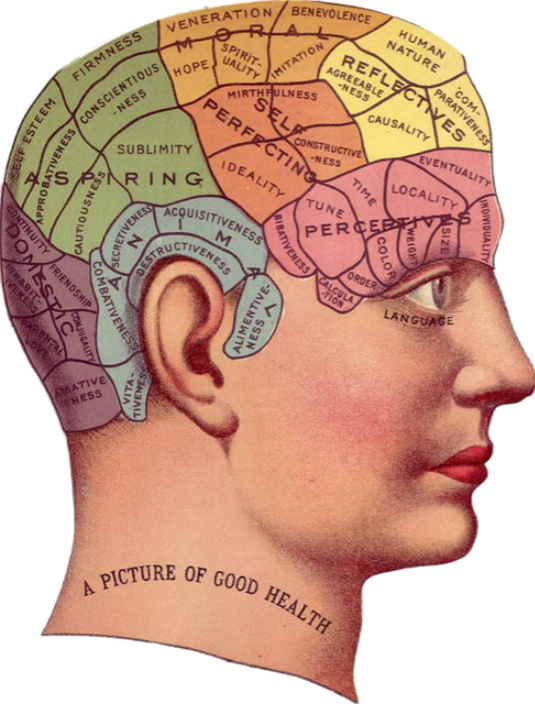How to reach your reader’s brain.
As online entrepreneurs, we spend our fair share of time staring at a blank screen before we start to write. While doing so, my mind wandered off wondering where the idea for my online business came from.
It became clear my business actually started in kindergarten. The exact day was when I was sent to the principal’s office. I was on the floor playing by myself when they came for me. He had me sit on his lap while he reprimanded me in his stern voice. I never looked him in the eye, but his stiff white collar centered with a red and blue bow tie is a brain image which has never changed over the years. Sorry, I digressed.
The Real Problem
The real problem for us online entrepreneurs is trying to figure out what’s the next piece of great information to write about. Then it’s trying to figure out how to effectively convey this information so readers will be receptive and responsive to our offers.
Most of us take the business approach of providing some form of factual and educational information and using persuasive language to convince readers of the value of our offer.
We understand readers scan so we condense things down to short, concise sentences and paragraphs. We include bullet points, photos, and other visuals – charts, graphs, and infographics – in an attempt to hold a reader’s attention long enough to have our message register.
Yet, despite our best efforts, readers’ brains get distracted and overwhelmed. Focus goes elsewhere and flow into long-term memory gets backed up or never gets there.
What neuroscientists say
If you ask neuroscientists which brain is more fully engaged, holds attention longer, and has greater memory retention when reading, the answer is the brains of fiction readers over non-fiction readers. This seems to make sense since most of us easily get lost in a great story.
Smart internet writers take advantage of this neuroscience and combine the factual with story elements and incorporate it into a marketing strategy.
The story-marketing advantage is that no matter the theme and internal structure, it has the ability to quickly create a bridge between trust, empathy, and rapport within the brain of a reader.
Key Points About Storytelling and the Brain
These are the key neuroscience points you need to know about storytelling and the brain.
- The brain has two dedicated areas to process language and speech
- Wernicke’s Area – comprehension and understanding for spoken and written language
- Broca’s Area – producing words and speech for communication
- The brain itself is unable to distinguish between what’s real and what’s not real
- There’s no difference between reading and experiencing
- The brain can know something is not real but will still process the story line as real
- Whether it’s a physical event or a story with a sensory description the same brain area is activated.
- The brain creates feelings of trust with the release of the hormone oxytocin from a believable story as much as from a favorable real life encounter. [Trust]
- The brain engages more when the left and right hemispheres are in synch with each other. This occurs as it processes a mixture of left brain fact and logic with right brain story elements that tap into emotions, beliefs and memories. [Empathy]
- The brain is always looking to confirm familiar patterns and similarities from either stories or life events when it comes to understanding and making decisions. [Rapport]
- The brain has better memory retention for factual information when embedded in stories. [Memory]
- The brain wants the complete story. If there’s no ending, it will fill in the blank with a story of its own.
As I sat there, I was a compliant and rebellious 5-year-old at the same time. I must have agreed not to bring my imaginary friends to kindergarten because the issue was never raised again. But I took a stance then and there. “If I can’t have my imaginary friends, you can’t have my mind.” So there all you school officials!
Thus was born my business out of my rebellious mind and its growing fascination with how the brain and the conscious and unconscious parts of our mind work.
Thought you would like to know how the story ended.
The Video Explanation
Now, it’s your turn to make you and your offer memorable in the minds of your readers with business stories that build trust, empathy, and rapport.
What’s your next business story?
Resources:
http://www.yesware.com/blog/storytelling-drives-sales/
https://hbr.org/2014/10/why-your-brain-loves-good-storytelling/
https://www.melcrum.com/research/strategy-planning-tactics/science-behind-storytelling
https://www.ethos3.com/2014/10/the-neuroscience-of-storytelling/
Image: Pixabay 1418613
